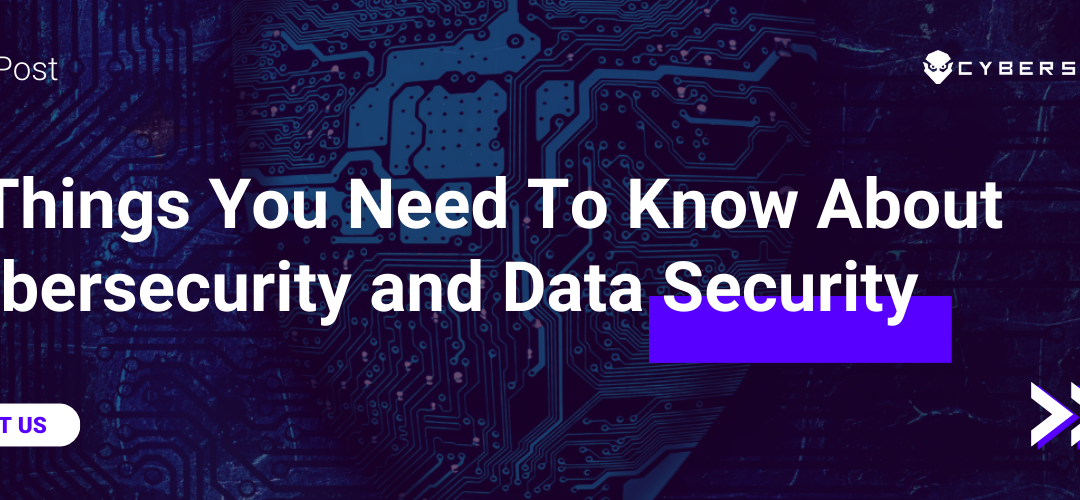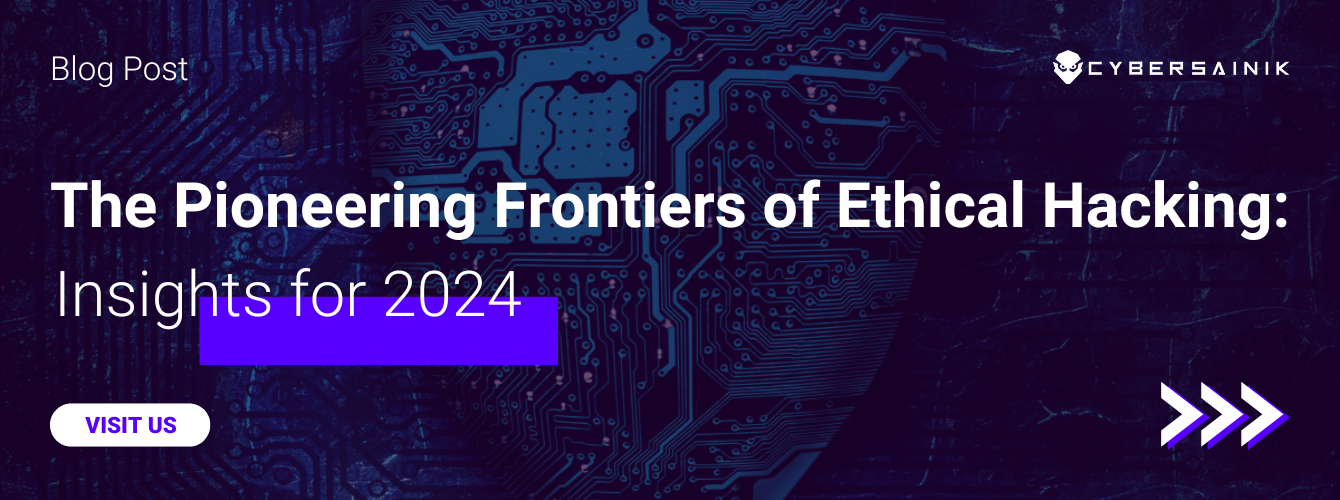Cybersecurity is not just about networks anymore. As organizations embrace the cloud and virtualization technologies, their IT environments are becoming more complex and dynamic. The days of simply building, deploying, and maintaining a network are over; today’s businesses need to be able to move all their data securely into the cloud or on-premises, as well as protect it from unauthorized access.
Cybersecurity and data security are cybersecurity hot topics in business today. Companies are under increasing pressure to protect their data and the information they hold, but protecting this valuable asset is becoming more complex by the day. According to Cybersecurity Ventures, global spending on cybersecurity products and services will propel $1.75 trillion cumulatively for the five-year period from 2021 to 2025.
There are many misconceptions about cybersecurity and data security that need to be addressed if you want to get your business up-to-speed on cybersecurity.
Here are four things you need to know about cybersecurity and data security:
1. Cybersecurity is not just about IT security
While it’s true that IT security is an important part of cybersecurity, it’s just one piece of the puzzle. Your company would likely be better off without some aspects of IT security altogether if you could afford to do so. The same goes for data security; what may seem like “just another layer” in your organization may be critical for protecting your most valuable assets from theft and loss
2. Passwords are not enough to protect your data
Passwords are not enough to protect your data. Passwords are easy to hack, easy to crack, and easy to steal—and they’re also easy for hackers (or anyone else) to guess. So what can you do? Use a password manager or multi-factor authentication (2FA).
Password managers store all the usernames, passwords, and other login details that you need in one place so that if someone gets their hands on them they won’t be able to access any of your accounts directly. They also allow users with many different devices to access their accounts across multiple platforms like email, social media, and online banking platforms without having difficulty remembering different passwords every time they log into those services separately as well as across multiple devices at once!
3. You need to be on the lookout for phishing attacks and ransomware
Phishing is an attempt to obtain confidential information such as usernames and passwords by posing as a trustworthy entity, such as a bank or government agency. In order to trick you into revealing this information, phishing sites often have realistic-looking logos and contact information that make them look legitimate.
Ransomware is malware designed specifically to encrypt files on your computer until you pay a ransom. The most common type of ransomware attack involves encrypting all files on your system and then demanding payment from the victim in order for them to decrypt those files again.
There are several ways you can avoid both phishing and ransomware
- Use strong passwords that don’t match any words in any dictionary because they’re not easily guessable by hackers;
- Avoid clicking on links from unknown sources;
- Monitor incoming email messages closely before opening them
- Educate your employees on phishing attack
4. Your company’s cybersecurity is in your hands
The internet has made it possible for anyone with a computer to launch an attack on your company or network, and even if you’re not directly targeted, there are ways that hackers can use your organization as a stepping stone to get to your competitors or other high-value targets. These days, everyone is at risk of experiencing some form of cybercrime – whether it’s data being stolen from their website or ransomware attacking their servers. It’s important that companies understand how these threats work so they can fight back against them effectively and take steps toward preventing them in the first place
Conclusion
As more businesses adopt technology, they need to be aware of how their data is being used, what they can do to protect it, and how they can avoid becoming victims of cybercrime. Contact us today to get to know how you can protect your data.




